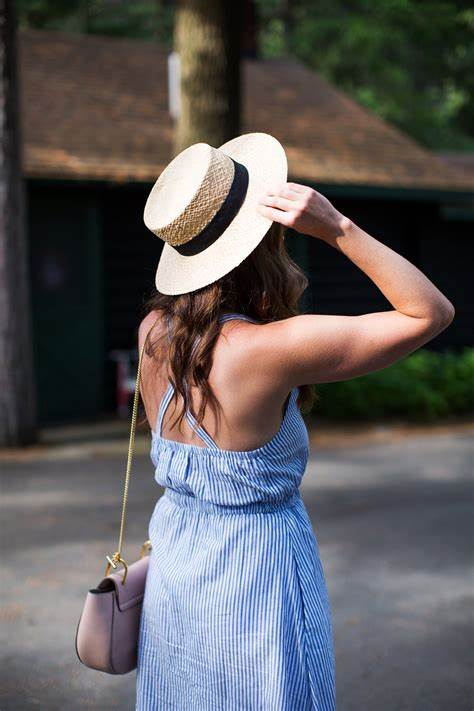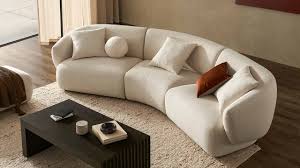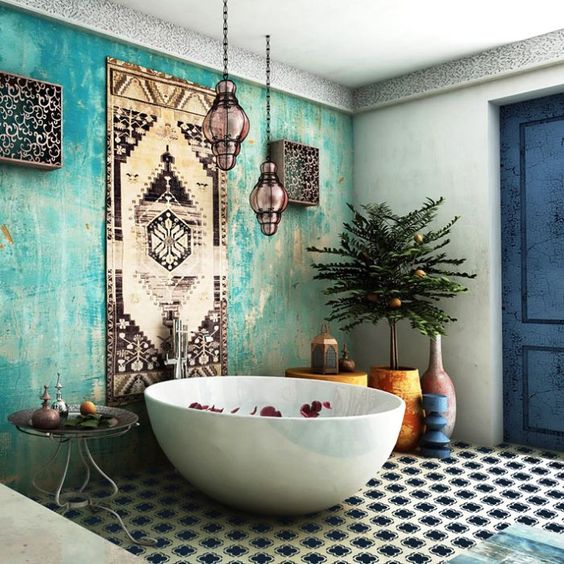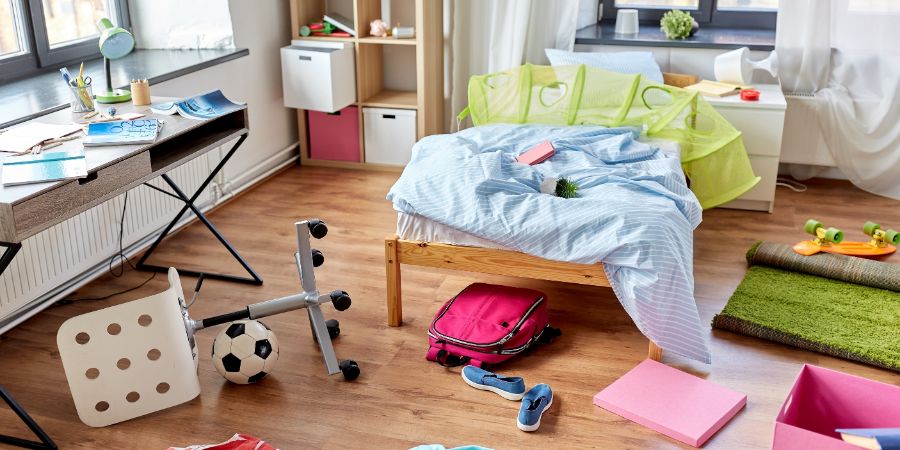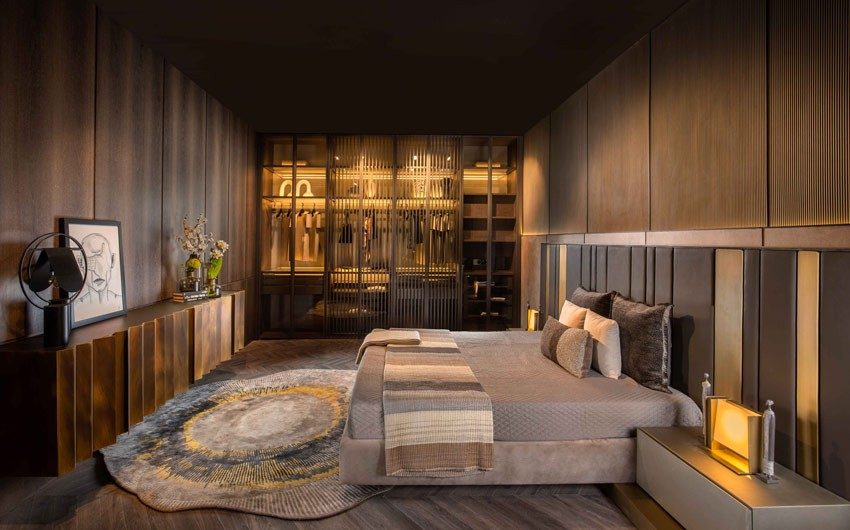
Home decor and interior design are related concepts that involve enhancing the aesthetics and functionality of a living space, but they have distinct focuses and elements. Here's a breakdown of the differences between the two and some information on how to use them effectively:
Home Decor:
Home decor refers to the accessories, furnishings, and decorative elements used to enhance the visual appeal and ambiance of a space. These elements are meant to complement the existing architecture and interior design of a room. Home decor includes items like:
Furniture: This includes items like sofas, chairs, tables, cabinets, and other pieces that serve both functional and decorative purposes.
Textiles: These are fabrics used for upholstery, curtains, pillows, throws, and rugs that add color, texture, and warmth to a room.
Wall Decor: This category includes artwork, mirrors, wall hangings, decals, and other items that adorn walls and create visual interest.
Accessories: Decorative items like vases, sculptures, candles, photo frames, and other personal objects that reflect the homeowner's style.
Lighting: Lamps, chandeliers, pendant lights, and other fixtures that illuminate and create ambiance in a space.
Using Home Decor:
Personal Style: Home decor allows you to express your personal style and taste. Choose items that resonate with you and create a cohesive theme.
Balance: Achieve a balance between different decor items to avoid overcrowding or making the space feel too sparse.
Color Palette: Stick to a consistent color palette to ensure a harmonious and unified look.
Proportion: Choose decor items that are appropriately sized for your space. Oversized or undersized items can disrupt the visual balance.
Layering: Layer different textures, patterns, and materials to add depth and interest to the room.
Focal Points: Use decor to highlight focal points in the room, such as a fireplace, a statement piece of furniture, or a feature wall.
Interior Design:
Interior design goes beyond decor and involves the overall layout, functionality, and spatial arrangement of a room. It considers factors like the flow of the space, the placement of furniture, the use of colors, and the integration of architectural elements. Interior design encompasses:
Space Planning: Organizing furniture and layout to optimize flow and functionality.
Color Schemes: Choosing a color palette that harmonizes with the architecture and promotes the desired mood.
Materials and Finishes: Selecting appropriate materials for flooring, walls, and surfaces that align with the design theme.
Architectural Details: Incorporating architectural elements like moldings, trim, and built-in shelving to enhance the space.
Design Styles: Identifying and implementing a specific design style, such as minimalist, traditional, modern, rustic, etc.
Using Interior Design:
Functionality: Prioritize functionality when designing the layout. Consider the purpose of each room and how it will be used.
Traffic Flow: Ensure easy movement within the space by planning the placement of furniture and other elements.
Unity: Maintain a cohesive design throughout the entire home by using consistent design elements and styles.
Balance: Distribute visual weight evenly across the room to create a sense of equilibrium.
Proportion: Consider the scale of furniture in relation to the size of the room to avoid overwhelming or underwhelming the space.
Lighting: Integrate both natural and artificial lighting to enhance the overall design and ambiance.
In summary, while home decor focuses on adding aesthetic appeal and personal touches through accessories and furnishings, interior design encompasses the broader aspects of creating functional, cohesive, and well-designed living spaces. Combining thoughtful home decor with effective interior design results in a harmonious and inviting home environment.








